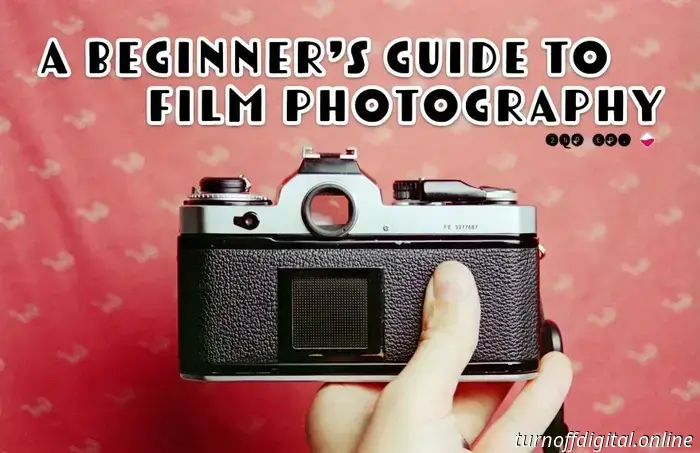
Projection occurs when light is directed onto a flat surface via a pinhole or lens. Since before the 4th century BCE, we have utilized projections in constructs known as camera obscura for various purposes including religion, entertainment, astrology, and creating improved reproductions. Illustrated: A) a real-world object, B) the projection within the camera obscura. Source: Wikimedia Commons in Fizyka z. (1910) / Public Domain. A camera obscura consists of a dark room or box equipped with a small aperture or lens that transports external light onto the wall opposite the hole. An artist can enter this space and trace the image to produce an accurate depiction of the outside world. The 18th century witnessed the expansion and reduction in size of this instrument into a tabletop box for aspiring painters. However, reproducing a projection with paint and a brush isn't photography. For some time, we have understood that certain common substances can react to light; documented instances of photosensitive materials creating temporary images trace back to the 1700s, yet these images disappeared almost as quickly as they emerged. Eventually, after extensive experimentation with various chemicals, Nicéphore Niépce managed to produce the first permanent photograph in 1826—200 years ago, long after optics had been utilized and 386 years after the invention of the printing press. The initial cameras and photographic methods were cumbersome and often makeshift, but the craft rapidly transitioned into a science, facilitating mass production with innovations such as Kodak’s flexible film introduced in 1889. As photography evolved, it became more accessible to artists. Unfortunately, they faced challenges in gaining recognition, as their medium was often dismissed due to its automatic nature and novel aesthetic at the time. This tension led to pictorialism, an early photographic movement where photographers endeavored to enhance their images with artistic qualities resembling paintings. “Fading Away” by Henry Peach Robinson (1858) exemplifies this pictorialist photography style and additionally serves as an instance of composite printing (this image was made from multiple photographs 167 years ago!). Ansel Adams, renowned in the realm of photography, dismissed pictorialism in the early 1900s in favor of hyper-realism—a photography genre focused on sharp imaging and the exaggeration of natural features through techniques such as enhanced contrast. The impact of World War II reshaped both society and photography. Film accompanied soldiers on battlefields, while aircraft utilized top-secret aerial surveillance films capable of capturing infrared light in false color for improved detection of enemy locations. The post-war era, stretching from the 1950s to the 1990s, witnessed the emergence of influential artists and documentarians like William Eggleston, Diane Arbus, Dorothea Lange, Henri Cartier-Bresson, and Robert Capa. It was also a particularly fruitful period for advancements in film and camera technology, introducing enhanced autoexposure capabilities, autofocus, instant film, and significant improvements in image quality and camera ergonomics. Many innovations from this era remain unmatched despite contemporary technological progress. The smallest full-frame camera is a premium point-and-shoot from the 1990s, the highest-resolution image medium remains film, and genuine panoramic photography is only possible on film. 🔍 Note: I encourage you to explore photography's historical landscape in the 20th century. This era has introduced remarkable technological advancements alongside transformative societal shifts and significant cultural revelations. Your local library is an excellent resource; quality articles about photography can also be found on Wikipedia, numerous blogs, and occasionally on YouTube. Kodak Aerochrome, an infrared color film developed in the 1940s, captured by the Hasselblad XPan, a real panoramic film camera.
The film photography renaissance (2010-2026). Though digital cameras have existed since the 1970s, they did not truly become prevalent until the 2000s. Over those thirty years, sensor technology and ergonomics vastly improved, leading to compact cameras like the Pentax Optio E10 that could easily fit in a pocket and take hundreds of pictures. This new form factor, together with tools such as Photoshop, high-capacity image storage, and dramatic enhancements in size and quality of digital imagery, revolutionized the photography market. A large number of individuals shifted away from their film cameras during the period of 2000-2010, leading to significant business decline, reduced film production, and diminished value for vintage cameras. A graph from Fujifilm’s Integrated Report 2017 illustrates a sharp decline in film sales. The largest film manufacturers, Fujifilm and Kodak, reported catastrophic financial losses, and other established, well-capitalized companies like Ilford and Polaroid went bankrupt. The repercussions of what is often termed the "digital revolution" are still impacting the industry today. Fujifilm has been reducing its extensive range of films for the entire decade, with the latest casualty being Superia X-Tra. Kodak’s bankruptcy fractured the company
Film photography is straightforward, but it's much more enjoyable if you have some knowledge! This guide for beginners goes beyond just the essentials and is offered as an illustrated read as well as a 73-page printable PDF book. It encompasses everything necessary to start and thrive with a film camera in a digital age, including historical background, contemporary culture, cost-saving tips, and advice for achieving better results using modern tools.